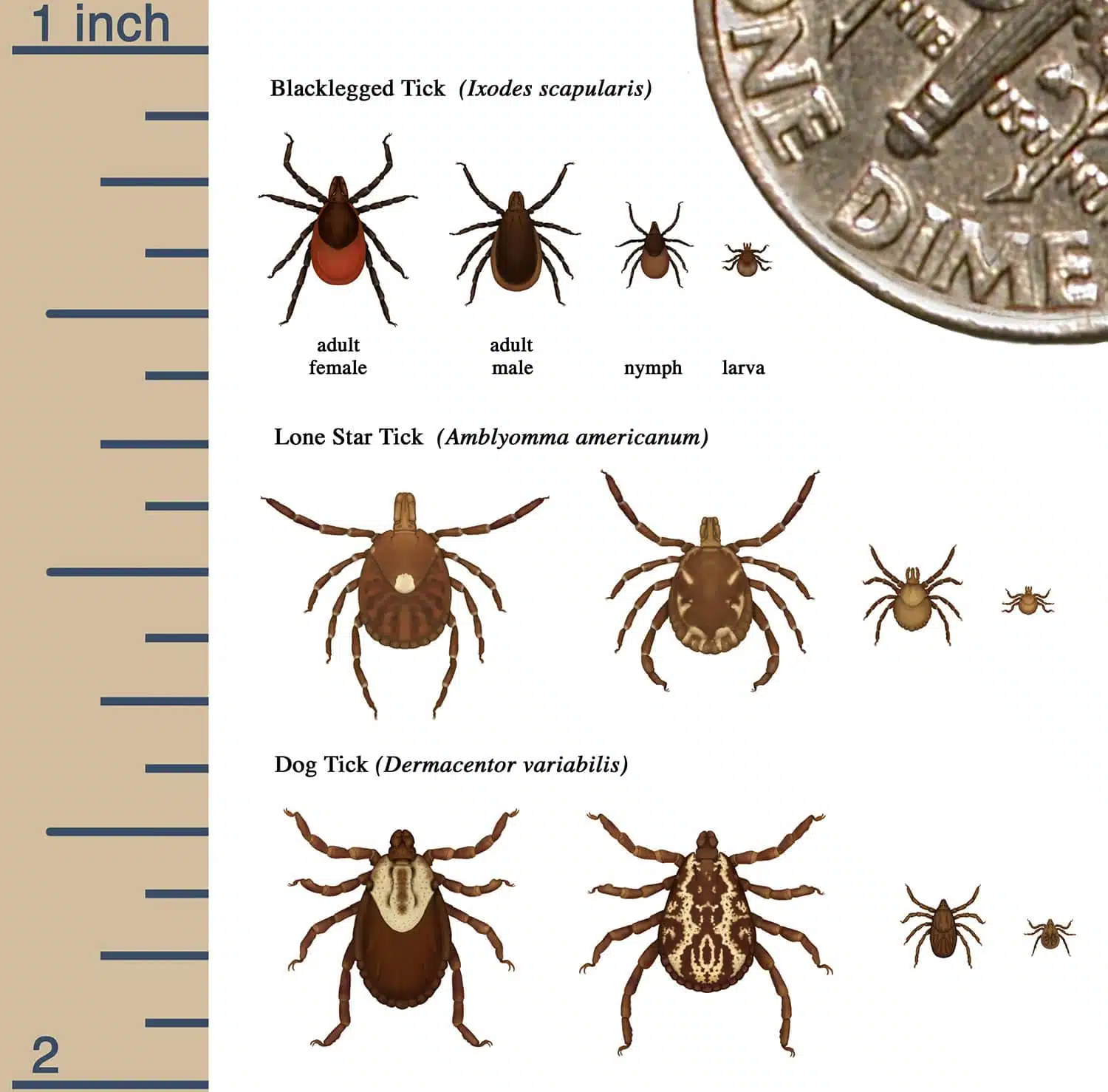| We’ve all been there — after hiking through the woods or working in your garden, you find a tick on your skin or clothing. You may have even found one on your dog! At first glance, they may all look the same, but different tick species are found in northern Virginia. Some of these species include deer, lone star, and American dog ticks. It is essential to know that ticks can carry some harmful diseases, the most common being Lyme disease. But less commonly known, sure tick bites can lead to alpha-gal syndrome, which can cause a red meat allergy. This outcome is less likely but possible. To help mitigate the risk of tick bites, here are some everyday tick prevention tips: – Wear appropriate clothing that covers your skin (e.g., long pants, closed-toed shoes, long socks, breathable long-sleeve shirts) – Use bug spray containing Deet – When hiking, avoid going off trail or walking through tall grass – After being outdoors, do a thorough full-body tick check (including of your pets!) If you happen to find an embedded tick, here are the steps you should take: – Wash your hands and grab a clean pair of tweezers – Use the tweezers to gently grasp the tick as close to the skin as possible (this will help ensure that the head of the tick does not remain on the skin when pulled) – Pull slowly with an even amount of pressure with the goal of removing the entire tick – Identify the type of tick and dispose of the tick (if the tick is still alive, consider flushing it down the toilet) – Wash the bitten area with soap and water and monitor the area for at least a few days. – Contact a medical professional if you notice increasing discomfort or abnormal rashes (e.g., a bull’s eye pattern or ring) in the bitten area. |

